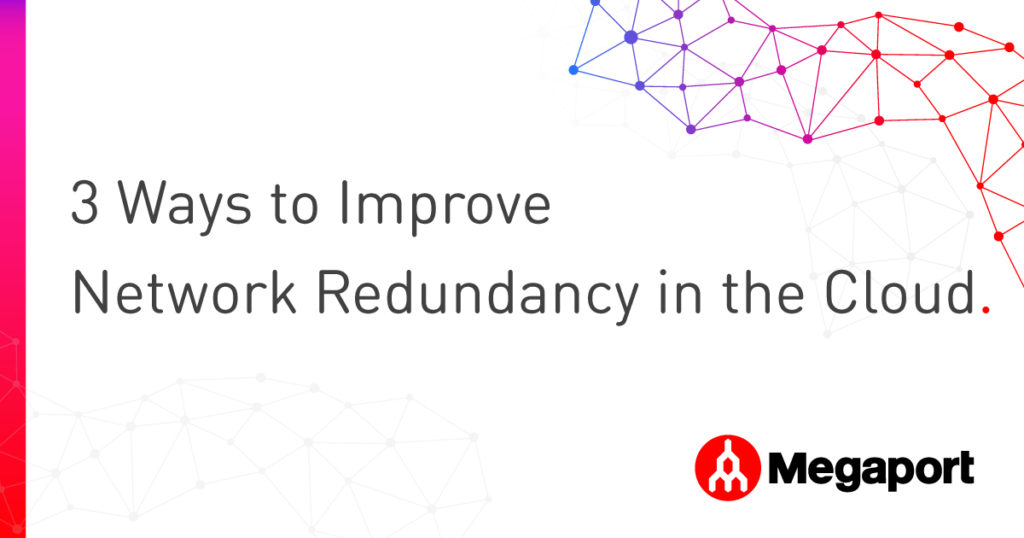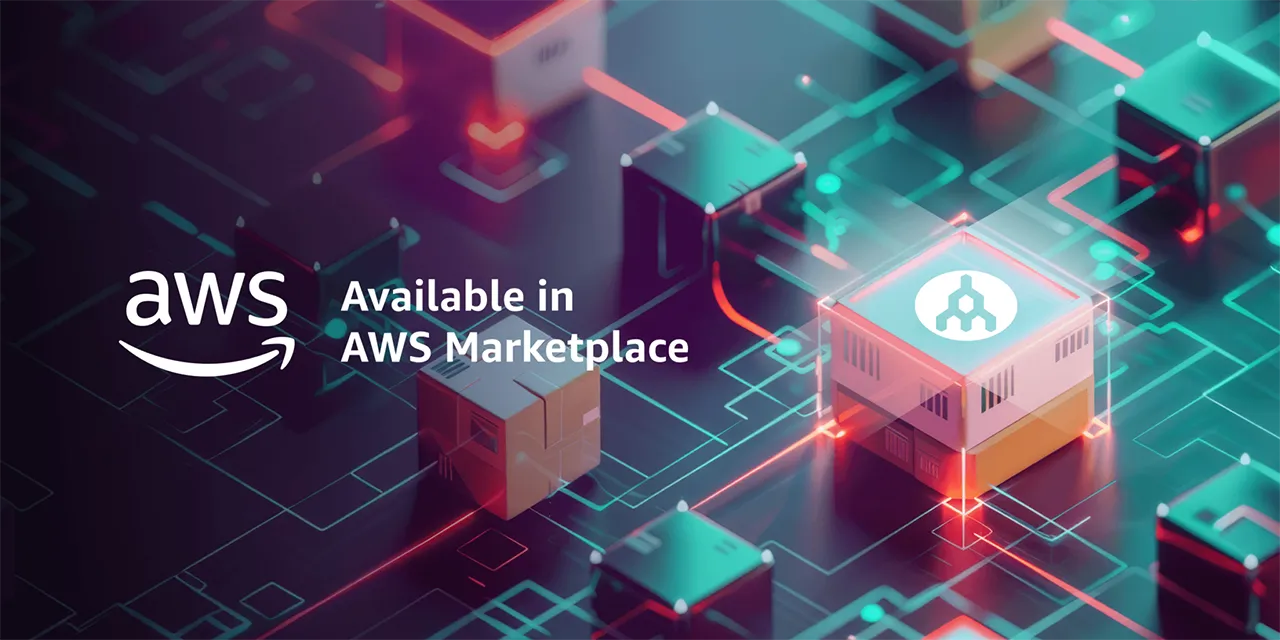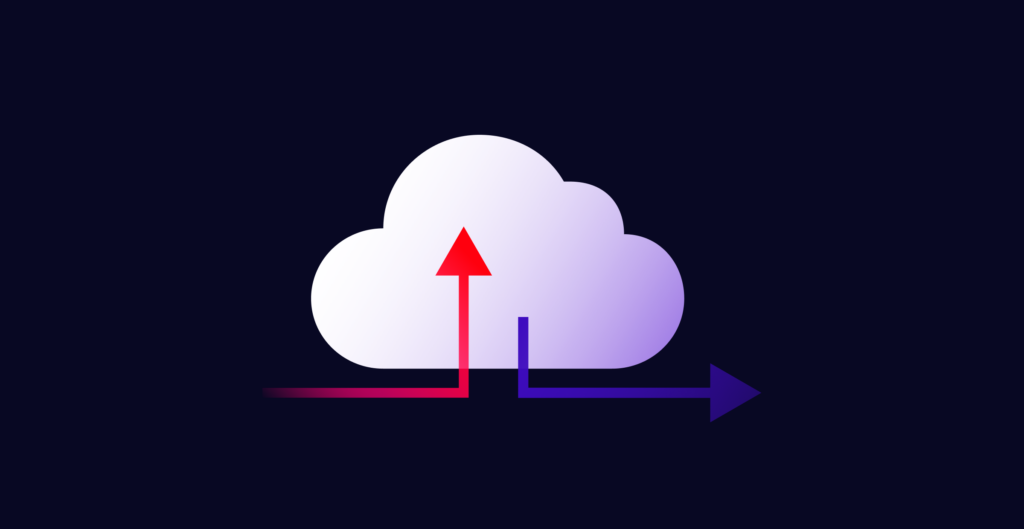
3 Ways to Improve Network Redundancy in the Cloud
- Cloud networking
- September 11, 2019
- RSS Feed
Avoid network failures with the right redundancy strategies.Here’s how to achieve it.
Speed, agility, flexibility, scalability, cost efficiency. There are a lot of reasons to love cloud services.
The trouble is, as exciting as those benefits are, they’re not going to do much for your business if the cloud services they’re associated with become unavailable. Whether you’re building a hybrid, multicloud, or completely serverless cloud environment, no metric – no matter how flashy – is more important than uptime.
The services you deploy in the cloud form the backbone of your business. They’re the tools your people rely on to do their jobs effectively, the platforms your customers use to buy your products and access your services, and often, they’re the infrastructure that unites disparate parts of your organization. Outages are simply out of the question.
The good news is, there are also a huge number of opportunities to improve the redundancy and availability of your business-critical services and infrastructure in the cloud. So, whether you’re already set up and looking for some new ways to safeguard against costly downtime, or interested in building redundancy into the foundations of a new cloud environment, here are three simple ways you can get started.
#1) Run multiple links to your chosen cloud provider(s) simultaneously
One of the fastest and simplest ways to build redundancy into your cloud infrastructure and ensure there’s no single point of failure between you and the services you need is to create and run multiple direct connections to those services simultaneously. If one connection fails, there’s another instantly ready to handle your traffic.
In many cases, network architects achieve this by deploying dual Direct Connect Virtual Circuits that connect the business to multiple data centres on the provider side. That’s great, but it only solves half of the redundancy problem.
To ensure redundancy on the customer side, you can use Virtual Cross Connects (VXCS) provided by a partner like Megaport. With the help of VXCs, you can directly and privately connect each of your relevant Ports to two of your chosen cloud partner’s locations – giving you maximum resilience to failure.
See how Megaport helps AWS customers achieve this simply here.
#2) Create a fast, dedicated backup architecture
Business Continuity and Disaster Recovery (BCDR) plans aren’t just for large enterprises. And like so many other services, the cloud has made full backup and replication solutions more available to a wider range of organizations than ever before.
Many major cloud providers like Microsoft have made Disaster Recovery as a Service (DRaaS) a core part of their cloud offering – impressively offering full replication of on-premises environments in under 30 minutes.
If concerns like the speed of your internet connectivity have held you back from exploring cloud-based backup and recovery services before, Megaport can help. By pairing a proven DRaaS solution with direct connectivity, executing a robust cloud recovery strategy can be simple, fast, and friction-free.
Learn more about how Megaport can help you build a dedicated backup architecture using Azure in our detailed blog here.
#3) Connect to your preferred cloud services with the help of a partner that offers path diverse VXCs
When choosing your route to the cloud, one of the biggest reasons to consider a Network as a Service (NaaS) partner is reliability. If your connection drops, there are experts on hand to help you immediately – experts with a duty to restore your connection as quickly as possible.
You wouldn’t build a single point of failure into your own cloud network, so make sure you don’t unknowingly accept it from a partner either. Seek out a provider that offers path diverse VXCs, so that if something unforeseen does impact their primary network, your traffic can continue to flow, and you can continue to use the services your business depends on.
For more information about how Megaport can help you build reliable, redundant cloud connections and safeguard your business against unforeseen outages, contact us today.






